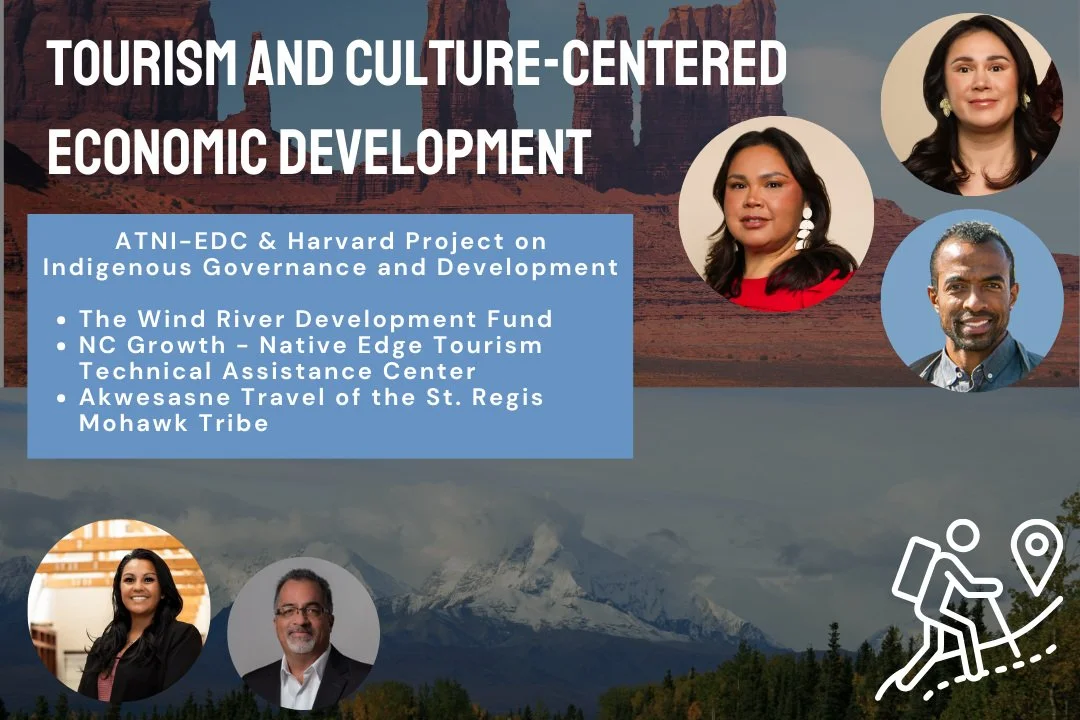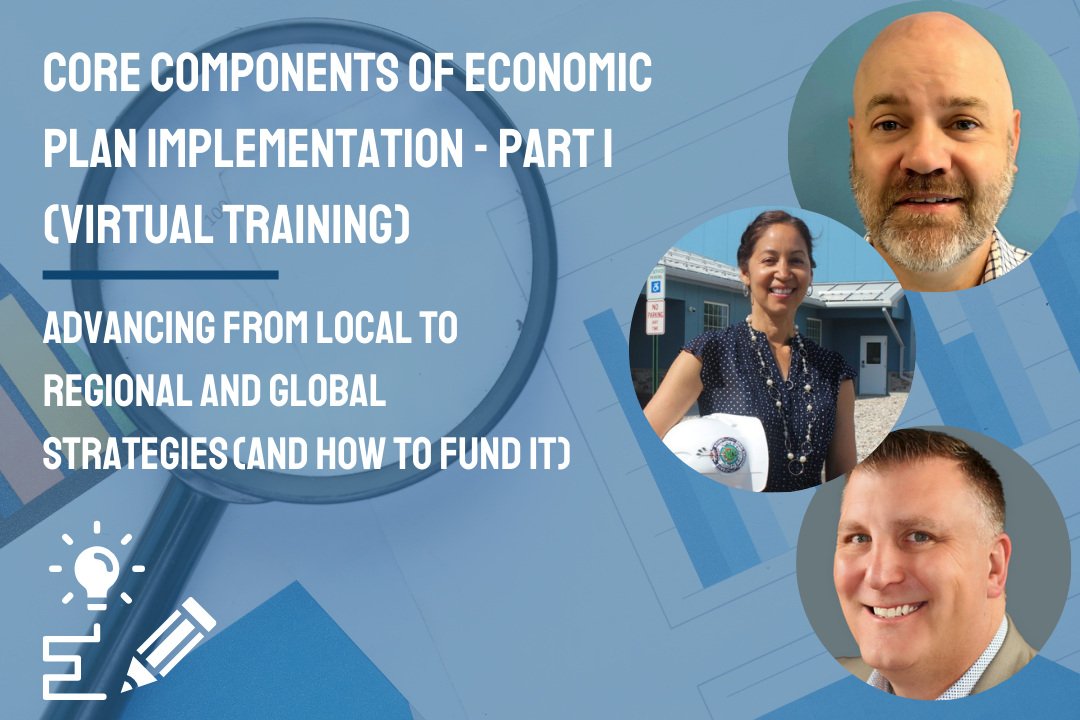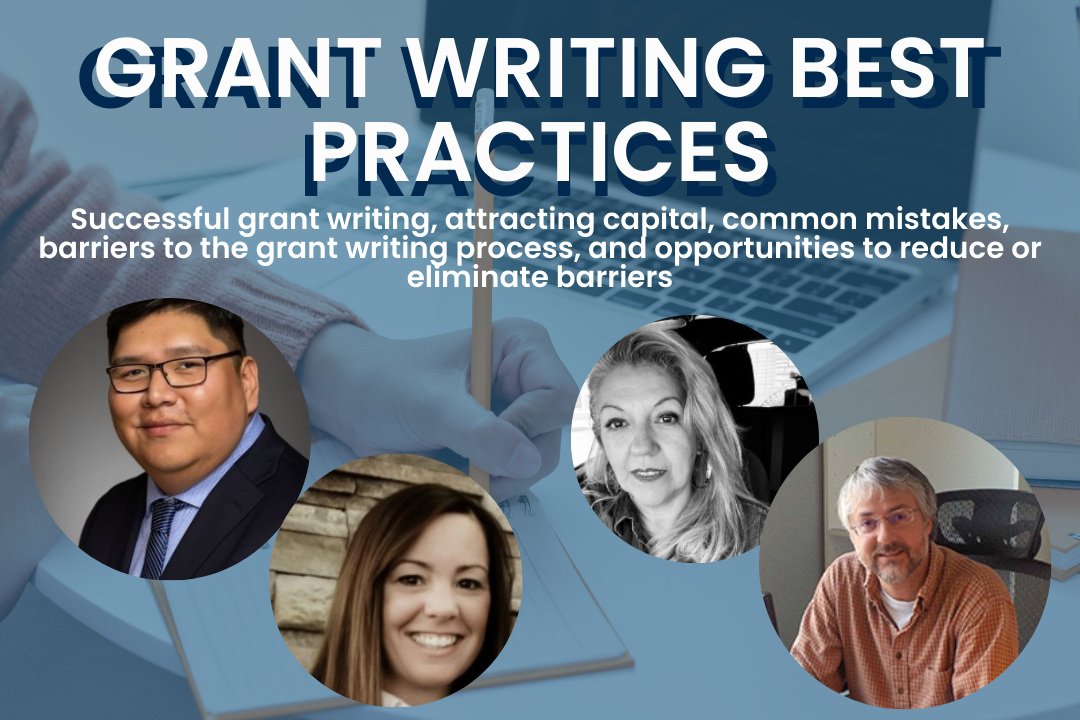How can I juggle multiple funding sources with different timelines and requirements?
Bring funders together and work with them to ensure that all parties involved understand the project, how funding is braided, and their individual role in the process.
Be specific about how the funding will be used, including what it will pay for.
Some organizations have had success ‘phasing’ projects; one large project is broken up into individual pieces or components which are each smaller than the whole, all the while collectively making up the entire project. Utilizing smaller components in this way allows each funding source to be directed towards fewer activities and thus avoiding the need for multiple funding sources all geared towards what would otherwise be one, large project with many activities.
Related Past Events:
The third installment in this 3-part training series explored the use of federal contracting to grow tribal enterprises and 8(a) businesses, including training on various types of federal contracts and some important considerations that tribal entities should be aware of as they seek out federal contracts.
This session is the second installment in this 3-part training series and will describe approaches that tribal business entities, small business owners, and entrepreneurs can use as borrowers to cultivate relationships with lenders and investors to support economic development.
This session provides a non-exhaustive list of funding sources and the eligible uses and combinations of these sources as well as training on how to advance economic development through external borrowing/financing of activities (as opposed to purely grant-funded approaches) during the development and implementation of financing plans.
Many tribal and Native economic development plans are never fully implemented. This section will focus on the critical shift from planning to plan implementation. It will cover the timing and sequencing of coordinated and diversified economic development activities . It will also cover how to turn loose planning partnerships into solid development partnerships.
This in-person training at the 2024 NAIHC Legal Symposium in Las Vegas underscores the foundational elements of economic development and provided strategies for developing each of these specific elements. This training covered:
Workforce Development and Housing as Economic Development
Building Entrepreneurial Ecosystems
This virtual training introduced participants who are entering or considering an economic development planning process to its core components. Participants learned about the key internal and external actors, the process’s timeline and duration, the data required, and critical outcomes.
This session discussed strategic planning for indigenous tourism development, an intro to ATNI-EDC and Harvard Project on Indigenous Governance and Development, and highlighted tourism projects across Indian Country such as:
The Wind River Development Fund
NC Growth - Native Edge Tourism Technical Assistance Center
Akwesasne Travel of the St. Regis Mohawk Tribe
This first section of the track underscores the foundational elements of economic development plan implementation, including a qualified workforce/labor pool, an entrepreneurial ecosystem, and the primary infrastructure necessary to support economic activities.
This session featured the presentation of two unique funding mechanisms for supporting community economic development in tribal and Native communities, including Section 105(l) leases and Treasury’s State Small Business Credit Initiative (SSCBI), as well as an introduction to some useful tools and Resources the EDA offers for underserved communities
The first training in the CoP’s 9-part series of a variety of topics across Indian Country. Cris Gastner and Kevin Klingbeil from Big Water Consulting led a discussion and exercises about the foundations and essential components of CED in Indian Country and an introduction to CED planning.
The discussion centered around how project leaders identified a need for the facilities in their communities, how they secured funding, and the impacts the health centers will have and are having on community economic development. Experts also discussed how the 105(l)-lease program can help fund and support Native health centers.
The August CoP session featured a panel of grant experts who discussed strategies for writing successful grants and attracting other capital, common mistakes and other barriers to the grant writing process, and opportunities to reduce or eliminate barriers.
As tribes work on projects to grow and improve their communities, it is essential that all the various sectors of community economic development are involved in the conversation together through a holistic planning process.














The session featured a discussion of topic-driven member-led committees and a presentation from Dustin Goslin of Mille Lacs Corporate Ventures.